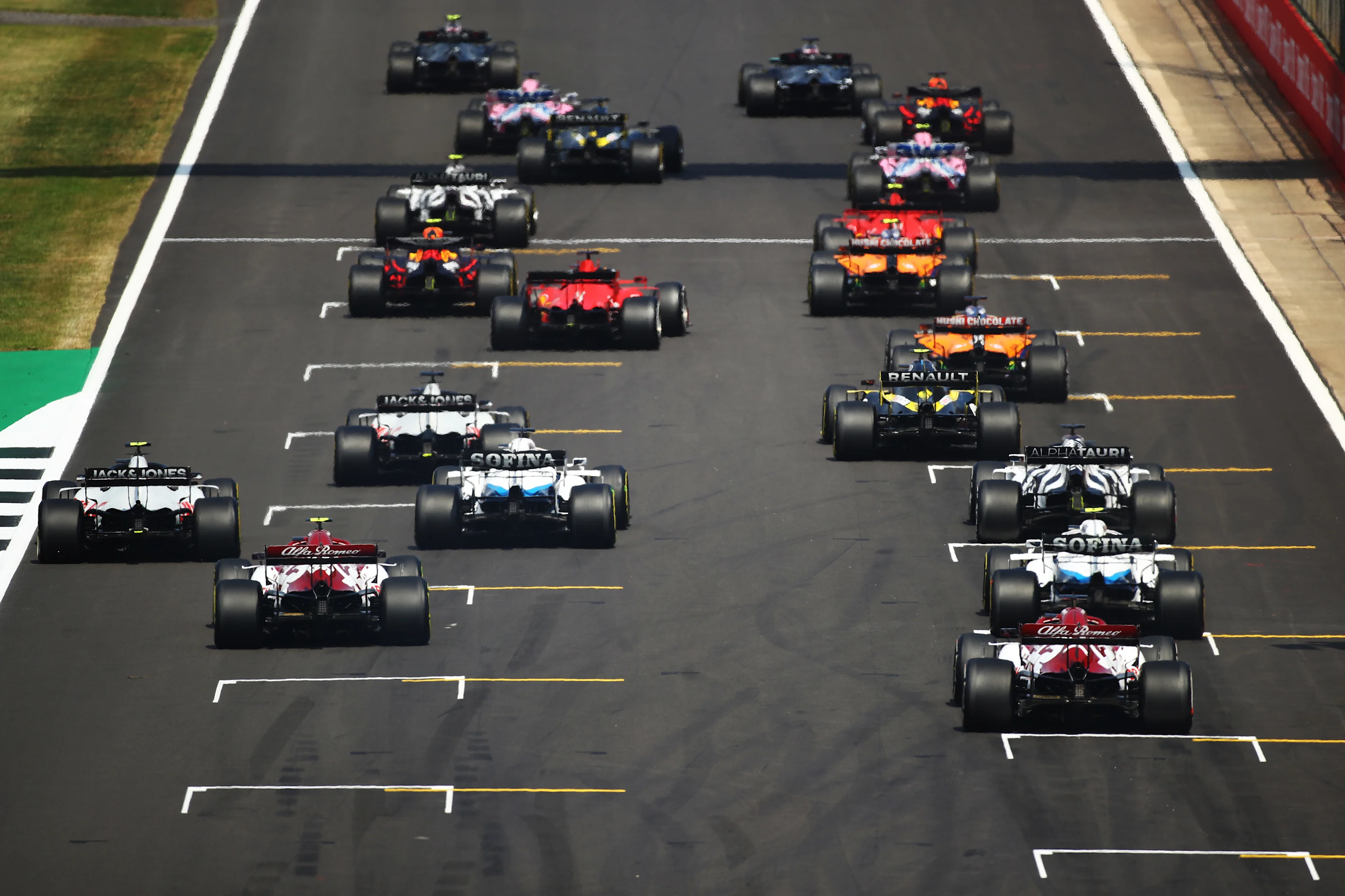The Formula 1 weekend is getting a shake-up this weekend in Silverstone, with the introduction of F1 Sprint (or Sprint Qualifying to some). Here’s your one-stop shop to what expect from Formula 1’s trial aimed at enriching the experience of a full Grand Prix weekend, for both fans at the track and around the world, from the tension of Friday’s flat-out qualifying session through to the chequered flag on Sunday afternoon…
What’s the format?
F1 Sprint will be a race run over 100km (in Silverstone's case, 17 laps) and lasting around 25-30 minutes. It is designed to provide a short and fast-paced racing spectacle – similar to a Twenty20 cricket match – with drivers racing flat-out from start to finish without the need to pit.
Points will be awarded to the top three finishers, three for the winner down to one point for third. There won’t be a podium ceremony, as that honour will remain the privilege of the top three in Sunday’s Grand Prix, however there will be a special post-Sprint presentation for the top three.
The finishing order of the race will define the grid for Sunday’s showpiece event – the Grand Prix, where the traditional format will remain unchanged.
There will be a more modest grid procedure for Sprint Qualifying, with media and guests permitted on grid as is the case in non-Covid times for the Grand Prix, but moments such as the national anthem will be unique to Sunday’s main race.
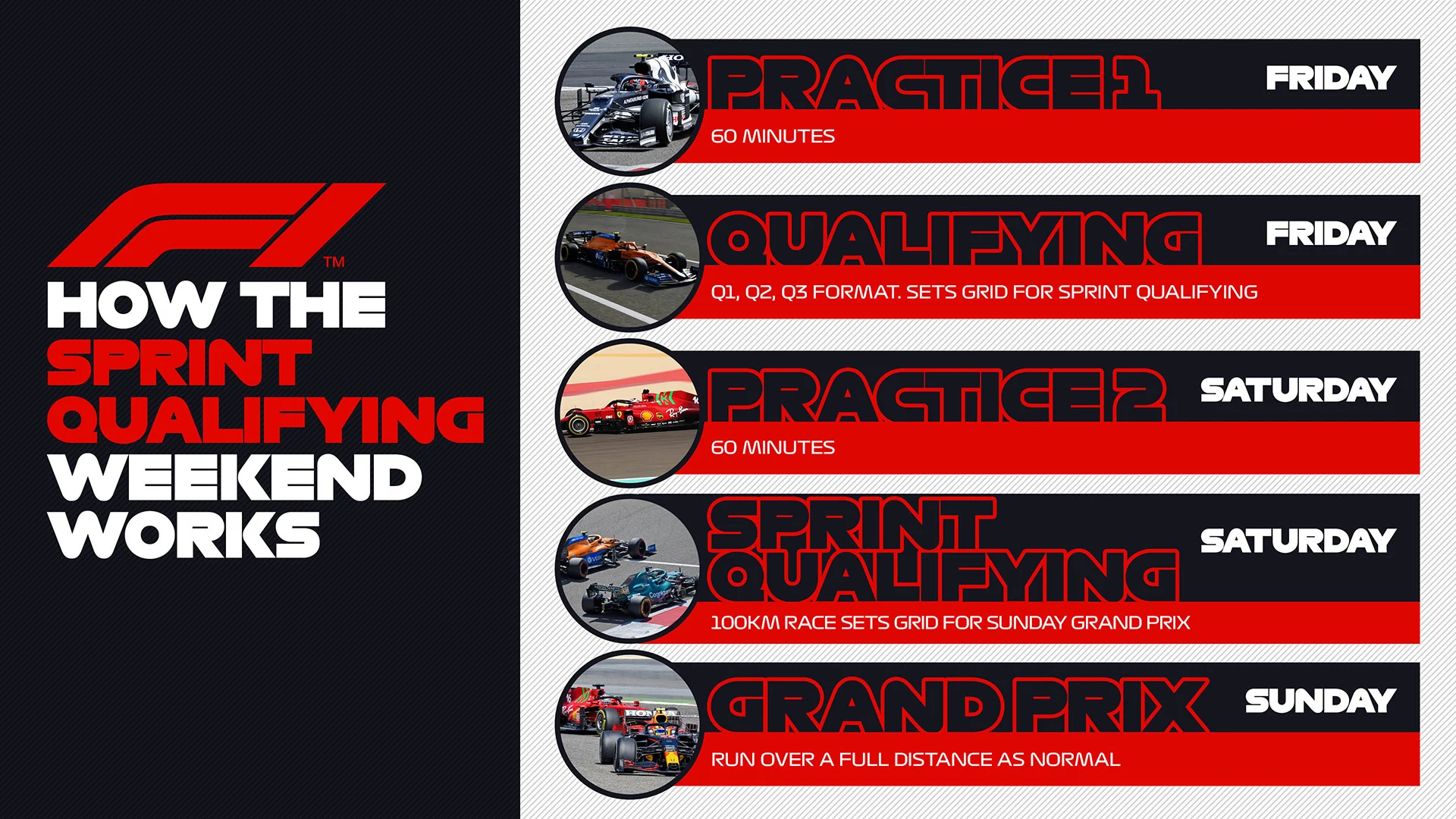
So what happens to qualifying?
The one-hour session, split into three segments, that has yielded plenty of drama in recent years, will still a big part of the show. However, it will move to Friday, giving the first day of track action some gravitas and a crescendo event.
The session is also happening later in the day, to make it easier for fans who are working to watch.
The tyre rules will change for this session, with only soft tyres permitted throughout. As a result, teams and drivers will be free to start Sunday’s race on any compound, rather than having to run the tyre they qualify on in Q2.
And what about practice?
There will be just two practice sessions during the weekend, each lasting one hour.
The first will take place on Friday lunchtime, with teams able to use any two sets of their weekend allocation of 12, which has been reduced by one set because there is reduced running in total over the three days, aside from the sets they must put aside for qualifying (five sets of softs) and the race (two sets of tyres, free choice).
It is thought the teams will use the harder compound to get their basic set-up and potentially one soft as they start to look at performance.
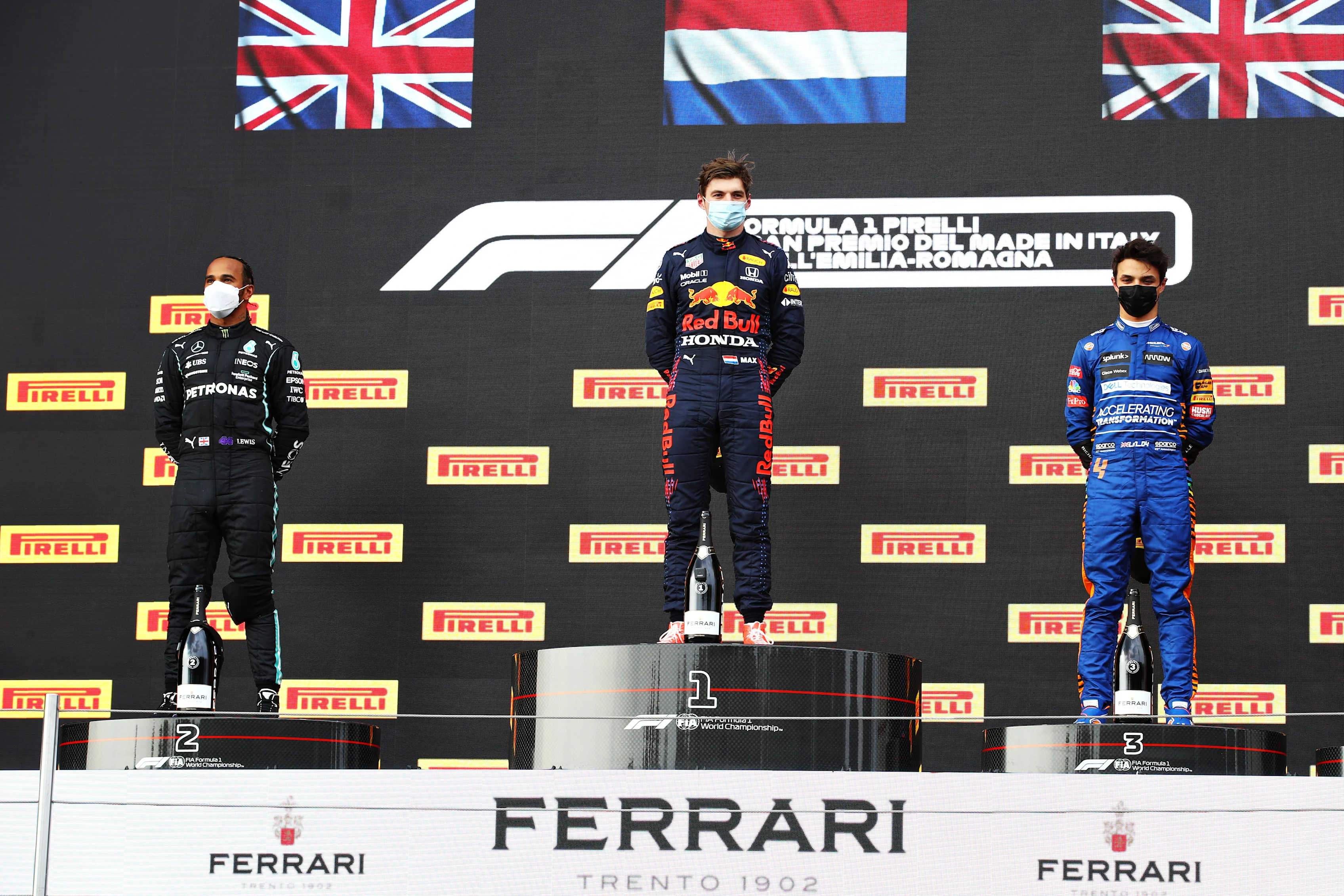
The cars will then enter Parc Ferme after FP1, before being released for FP2, which will take place on Saturday morning. Here, they will be able to use one set of tyres, of their choice.
They will then return to Parc Ferme ahead of F1 Sprint, before being placed back in the quarantined environment overnight ahead of Sunday’s race.
What if it's wet?
If FP1 or Qualifying is held in wet conditions, teams will be given an additional set of intermediates tyres, but must then return a used set of those before F1 Sprint.
If F1 Sprint is wet, the teams may return one set of used or intermediate tyres afterwards, to be replaced with a new set.
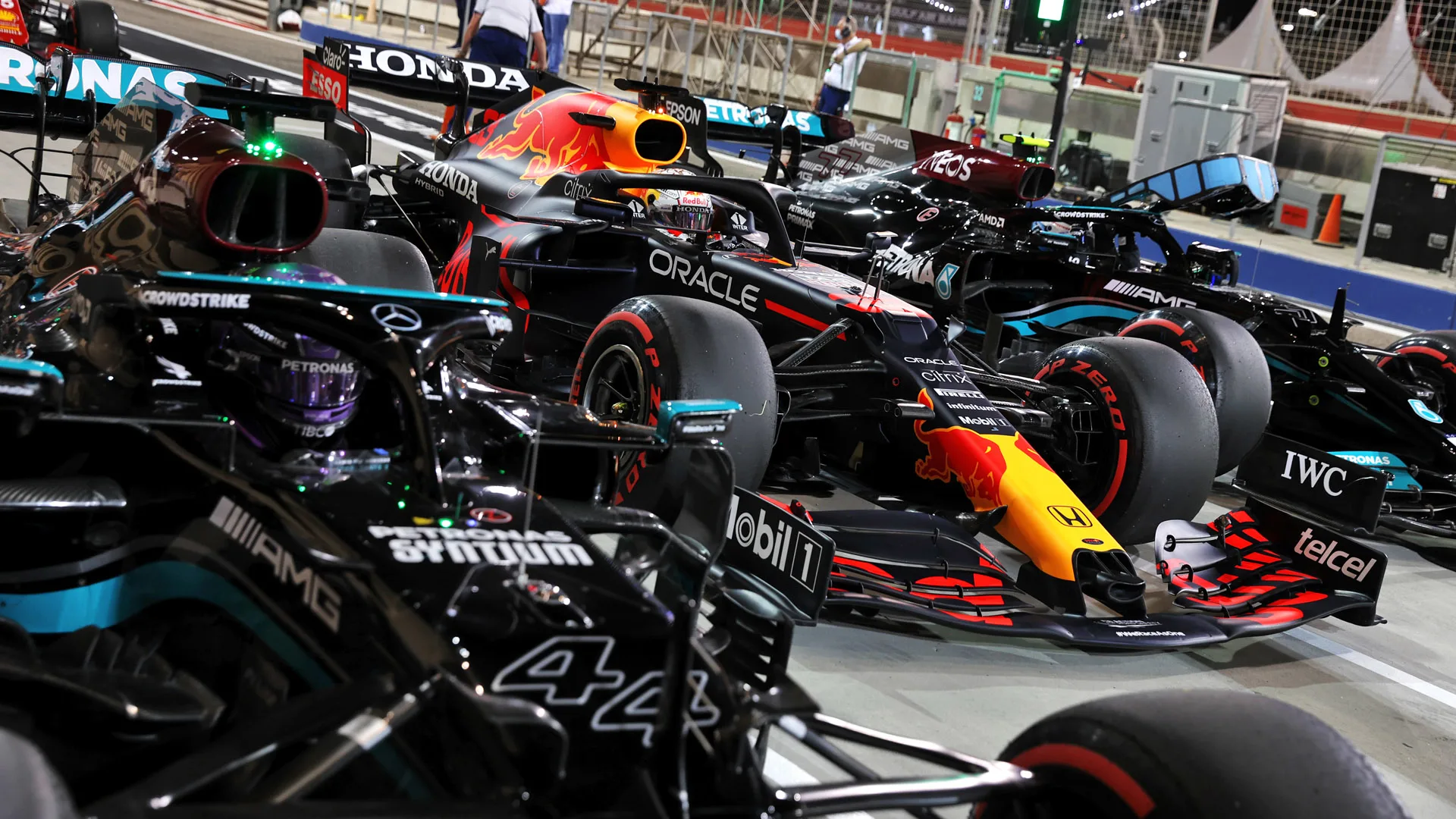
How does Parc Ferme work?
Rules forbid the changing of major components in Parc Ferme to avoid teams moving to create special ‘qualifying cars’ while also limiting the number of hours required for preparing the car for the following day.
However, some wriggle room on car reconfiguration is permitted to make Saturday’s FP2 session more useful.
For safety reasons, teams can change brake friction material for a new, identical set that was used in qualifying and F1 Sprint ahead of the Grand Prix. Brake ducts can be changed, too.
Allowances have been made for power unit and gearbox cooling adjustments should the ambient temperature change significantly (a change of 10C or more recorded by the FIA’s appointed weather service provider) while weight distribution may be altered.
Should a front wing be damaged in F1 Sprint, for example, and the team has run out of latest specification front wings, they can run a previously used specification without penalty. Previously a change of specification, either for a new or older component, would have triggered a penalty.
Between qualifying and F1 Sprint, teams are permitted to change or adjust suspension elements – springs and dampers – or alter camber, toe or ride height of suspension components defined in Article 10.3 of the Technical Regulations.
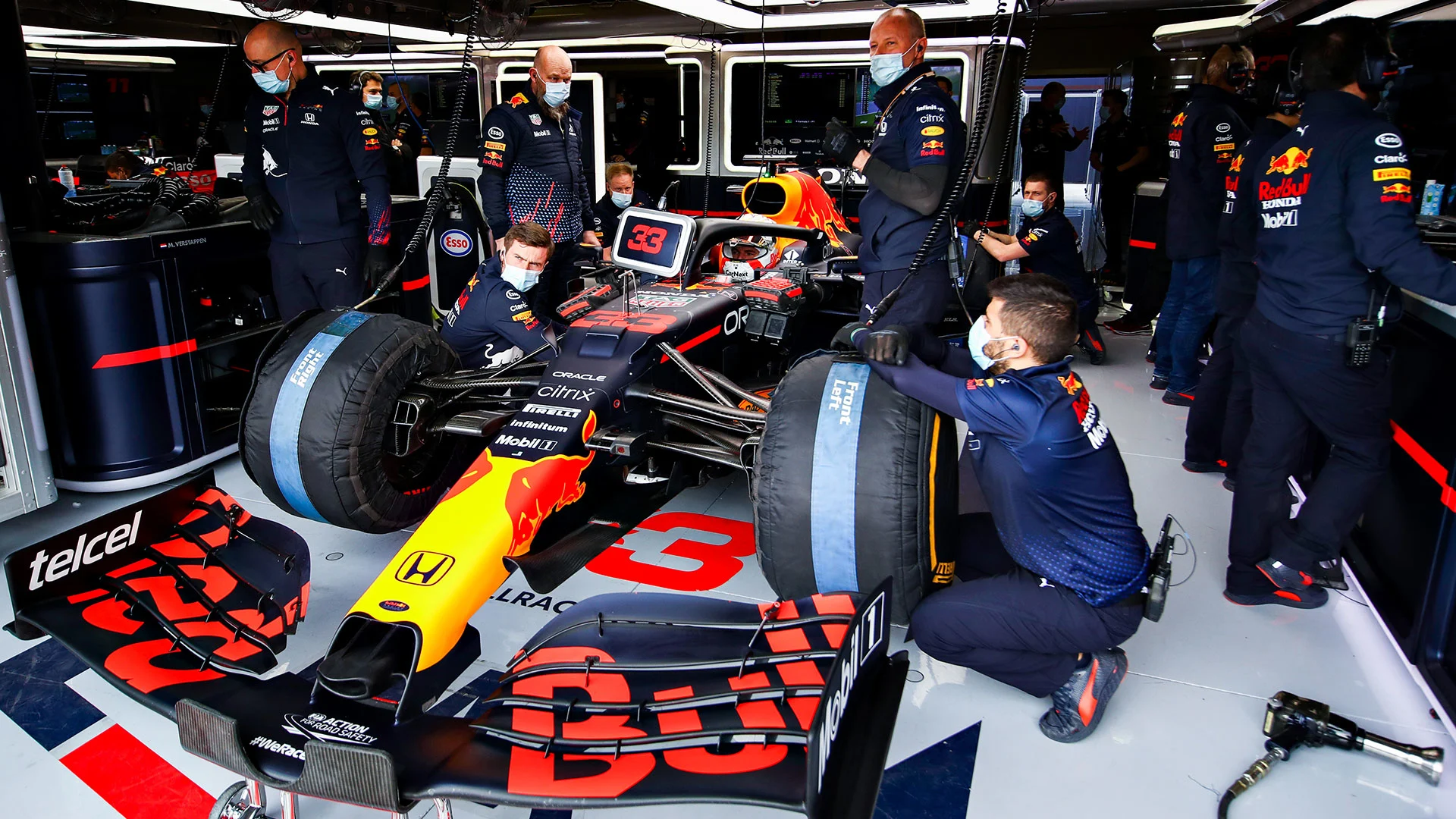
Where will we see F1 Sprint this year?
The first of three meetings in the 2021 Cypto.com F1 Sprint Series will be held at Silverstone.
The remaining two races have yet to be announced, but Monza is widely understood to be in the running for one of them.
What’s the plan for them in the future?
If the format works, the idea is to roll it out at selected weekends in the future, rather than at every Grand Prix.
“I’m not sure this format would be as successful at Monaco,” says F1 Managing Director, Motorsports, Ross Brawn. “We’re considering these weekends being Grand Slam events, spread through the season, so it is something different.
“I don’t think it’ll go to the whole season, I think it’ll be a limited number of races, but that is to be decided.”
Next Up
Related Articles
.webp) 7 things to be excited for in the 2026 F1 season
7 things to be excited for in the 2026 F1 season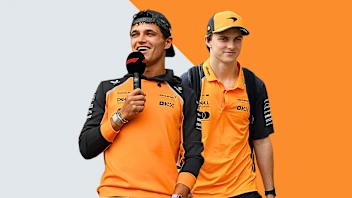 End Of Year Reports 2025McLaren’s best and worst moments from 2025
End Of Year Reports 2025McLaren’s best and worst moments from 2025.webp) What F1 drivers have been up to over the festive holidays
What F1 drivers have been up to over the festive holidays.webp) End Of Year Reports 2025Mercedes’ best and worst moments from 2025
End Of Year Reports 2025Mercedes’ best and worst moments from 2025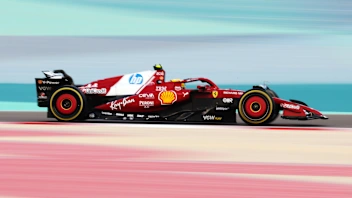 All the key pre-season dates for F1 2026
All the key pre-season dates for F1 2026.webp) Unlocked‘We have a lot of hopes’ – Vasseur on Ferrari's 2026
Unlocked‘We have a lot of hopes’ – Vasseur on Ferrari's 2026
